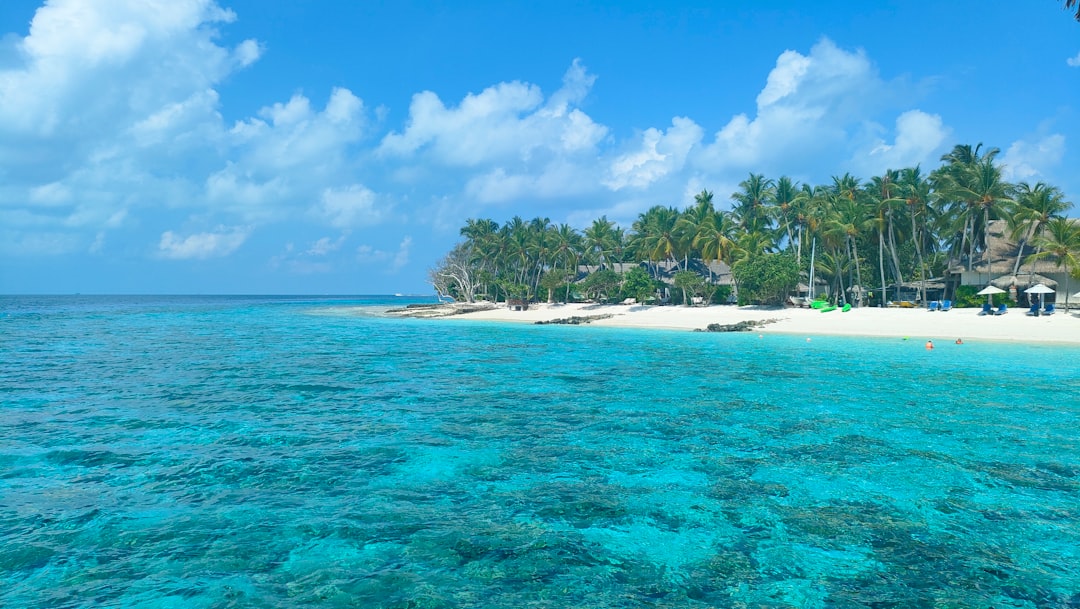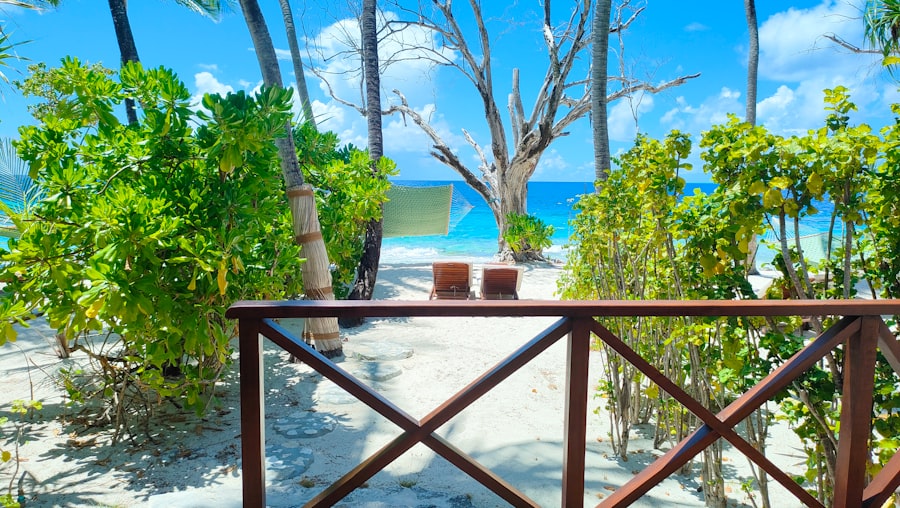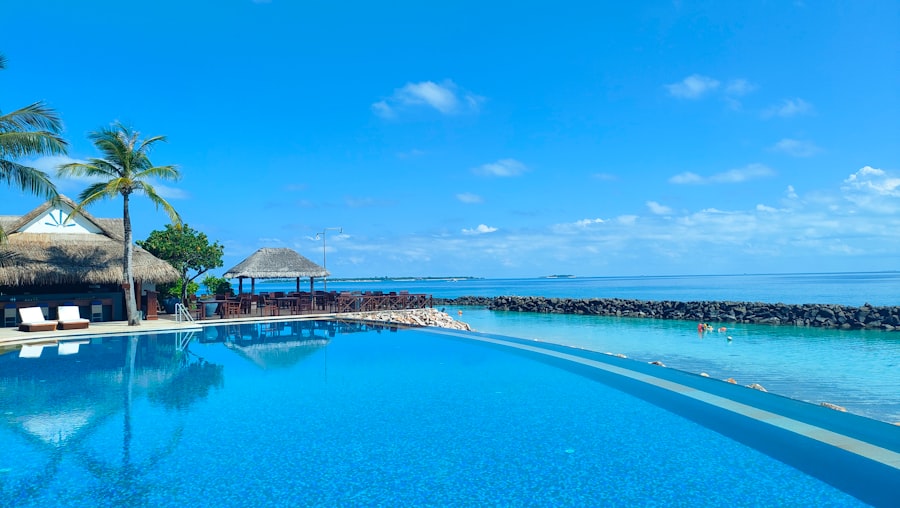
The Marshall Islands, a sprawling archipelago located in the central Pacific Ocean, is a nation composed of 29 atolls and 5 islands, spread over an area of approximately 750,000 square miles. This vast expanse of ocean is home to around 58,000 residents, primarily of Micronesian descent. The capital city, Majuro, serves as the political and economic hub of the nation, while also being a focal point for cultural exchange and tourism.
The islands are known for their stunning natural beauty, rich history, and unique cultural heritage, making them an intriguing destination for travelers seeking both adventure and relaxation. The geographical layout of the Marshall Islands is characterized by low-lying coral atolls, which rise only a few feet above sea level. This unique topography not only contributes to the islands’ breathtaking landscapes but also poses challenges related to climate change and rising sea levels.
The Marshall Islands are part of the larger Micronesia region and share cultural and historical ties with neighboring island nations. The local population has a deep connection to the ocean, which plays a vital role in their daily lives, traditions, and economic activities. As such, the Marshall Islands offer a fascinating blend of natural wonders and cultural richness that captivates visitors from around the globe.
Key Takeaways
- Marshall Islands is a remote island nation in the Pacific Ocean, known for its stunning natural beauty and rich cultural heritage.
- The history of Marshall Islands is deeply intertwined with the impact of colonialism and World War II, and its culture is influenced by traditional Micronesian practices.
- Visitors to Marshall Islands should not miss out on exploring the stunning beaches of Majuro Atoll, the historic sites of Kwajalein Atoll, and the traditional village of Laura.
- The natural sights and attractions in Marshall Islands include the otherworldly beauty of Jellyfish Lake, the pristine coral reefs for diving and snorkeling, and the unique bird species on the remote atolls.
- Local cuisine in Marshall Islands is centered around seafood, coconut, and taro, with traditional dishes like ika (raw fish marinated in lime juice) and coconut crab being popular among locals and visitors alike.
Historical and Cultural Facts
The history of the Marshall Islands is as intricate as its geography. The islands were first settled by Polynesian navigators over 2,000 years ago, who brought with them their customs, language, and agricultural practices. These early inhabitants developed a unique culture that revolved around fishing, farming, and navigating the vast Pacific waters.
The Marshallese people are known for their exceptional skills in navigation, using the stars, ocean currents, and wind patterns to traverse the open sea. This deep-rooted maritime tradition continues to be a source of pride for the Marshallese today. In the late 19th century, European powers began to take an interest in the Marshall Islands.
The islands were claimed by Germany in 1885 and later fell under Japanese control after World War
Following World War II, the United States administered the islands as part of the Trust Territory of the Pacific Islands. This period was marked by significant geopolitical tensions and nuclear testing conducted by the U.S. in the 1940s and 1950s, which had lasting effects on the environment and health of the local population.
In 1986, the Marshall Islands gained independence but entered into a Compact of Free Association with the United States, which continues to influence its political and economic landscape.
The capital city boasts a vibrant market scene where local artisans sell handmade crafts, fresh produce, and traditional garments. The Alele Museum and Public Library is another must-visit site that showcases the rich history and culture of the Marshall Islands through exhibits on traditional navigation, local art, and historical artifacts.
The museum serves as a cultural hub where visitors can learn about the islands’ past while engaging with local artists. Another notable location is Ebeye Island, which is often described as a microcosm of Marshallese life. Despite its small size, Ebeye is densely populated and offers a glimpse into the daily lives of its residents.
Visitors can experience local customs firsthand by participating in community events or simply enjoying the warm hospitality of the islanders. The island’s proximity to Kwajalein Atoll also makes it an ideal base for exploring one of the largest atolls in the world, known for its stunning lagoons and rich marine biodiversity.
Natural Sights and Attractions
The natural beauty of the Marshall Islands is nothing short of breathtaking. One of the most iconic natural attractions is Bikini Atoll, famous for its crystal-clear waters and vibrant coral reefs. This atoll gained notoriety as a nuclear testing site during the mid-20th century but has since transformed into a diver’s paradise.
Today, it attracts scuba divers from around the world who come to explore its underwater wonders, including shipwrecks from World War II and an abundance of marine life such as colorful fish, manta rays, and sea turtles. Another remarkable natural sight is Arno Atoll, known for its pristine beaches and lush vegetation. The atoll is home to several small islands that offer secluded spots for relaxation and exploration.
Visitors can enjoy activities such as snorkeling in vibrant coral gardens or kayaking through tranquil lagoons teeming with marine life. The serene environment provides an ideal backdrop for those seeking solitude or adventure amidst nature’s splendor.
Local Cuisine and Food Culture

The culinary landscape of the Marshall Islands reflects its rich cultural heritage and reliance on local resources. Traditional Marshallese cuisine primarily consists of seafood, coconut, breadfruit, taro, and pandanus fruit. Fish is a staple in the diet, with varieties such as tuna and grouper being particularly popular among locals.
One traditional dish worth trying is “bikini,” which consists of raw fish marinated in coconut milk and served with fresh vegetables—a refreshing treat that highlights the islands’ abundant marine resources. In addition to traditional fare, visitors can also experience contemporary dining options that incorporate international flavors while still celebrating local ingredients. Many restaurants in Majuro offer a fusion of Asian and Pacific cuisines, showcasing dishes that feature fresh seafood alongside rice or noodles.
Street food vendors also provide an opportunity to sample local snacks such as “lomi lomi,” a dish made from diced raw fish mixed with tomatoes and onions—perfect for those looking to indulge in authentic flavors on-the-go.
Tips for Traveling to Marshall Islands
Traveling to the Marshall Islands requires some preparation due to its remote location and limited infrastructure. First and foremost, it is essential to check visa requirements before planning your trip; many nationalities can enter visa-free for short stays, while others may need to apply for a visa in advance. Additionally, flights to Majuro are limited; travelers should book their tickets well in advance to secure their desired travel dates.
Once in the Marshall Islands, it is advisable to embrace the local culture by learning a few basic phrases in Marshallese. Simple greetings or expressions of gratitude can go a long way in fostering connections with locals. Furthermore, travelers should be mindful of environmental conservation practices while exploring natural attractions; this includes refraining from touching coral reefs or disturbing wildlife habitats.
Accommodations range from budget guesthouses to more upscale hotels in Majuro; however, options may be limited on smaller islands. It’s wise to plan your itinerary carefully to ensure you make the most of your time in this beautiful archipelago. Lastly, be prepared for a slower pace of life; island time often means that things may not always go according to schedule, but this relaxed atmosphere is part of what makes visiting the Marshall Islands such a unique experience.
If you’re intrigued by the unique insights and cultural highlights found in the article about the Marshall Islands, you might also enjoy exploring more about different parts of the world. A related article that offers a deep dive into another fascinating location is the “Equatorial Guinea Facts and Places to Visit.
You can read more about it by visiting Equatorial Guinea Facts and Places to Visit.
FAQs
What are the Marshall Islands?
The Marshall Islands are a country located in the central Pacific Ocean, made up of 29 atolls and 5 isolated islands.
What is the capital of the Marshall Islands?
The capital of the Marshall Islands is Majuro, which is also the largest city in the country.
What is the population of the Marshall Islands?
As of 2021, the estimated population of the Marshall Islands is around 59,000 people.
What is the official language of the Marshall Islands?
The official languages of the Marshall Islands are Marshallese and English.
What are some popular sights and attractions in the Marshall Islands?
Some popular sights and attractions in the Marshall Islands include the Bikini Atoll, Laura Beach, Majuro Bridge, and the Alele Museum.
What is the climate like in the Marshall Islands?
The Marshall Islands have a tropical climate, with a wet season from May to November and a dry season from December to April. The average temperature ranges from 77°F to 86°F (25°C to 30°C).
What is the economy of the Marshall Islands based on?
The economy of the Marshall Islands is primarily based on subsistence farming, fishing, and the service industry. The country also receives financial assistance from the United States under a Compact of Free Association.




